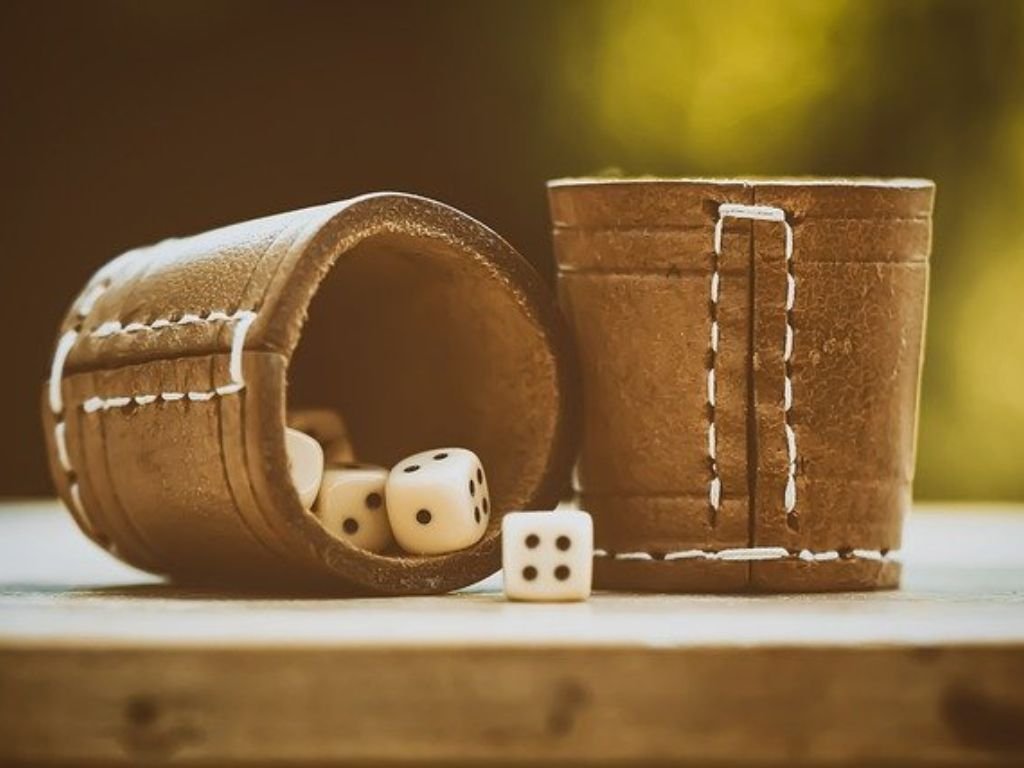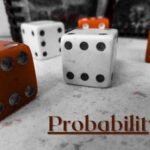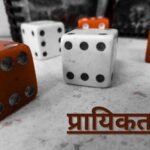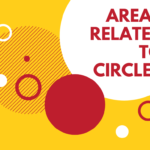Introduction
In mathematics, there are many branches and among all, probability is a very interesting branch. In class 9th, we studied probability based on real-life experiments, which is known as experimental probability. We noticed that real-life experiments are helpful to get the theoretical probability. In class 10th, we shall study theoretical probability which is very helpful to solve problems based on probability without doing experiments.
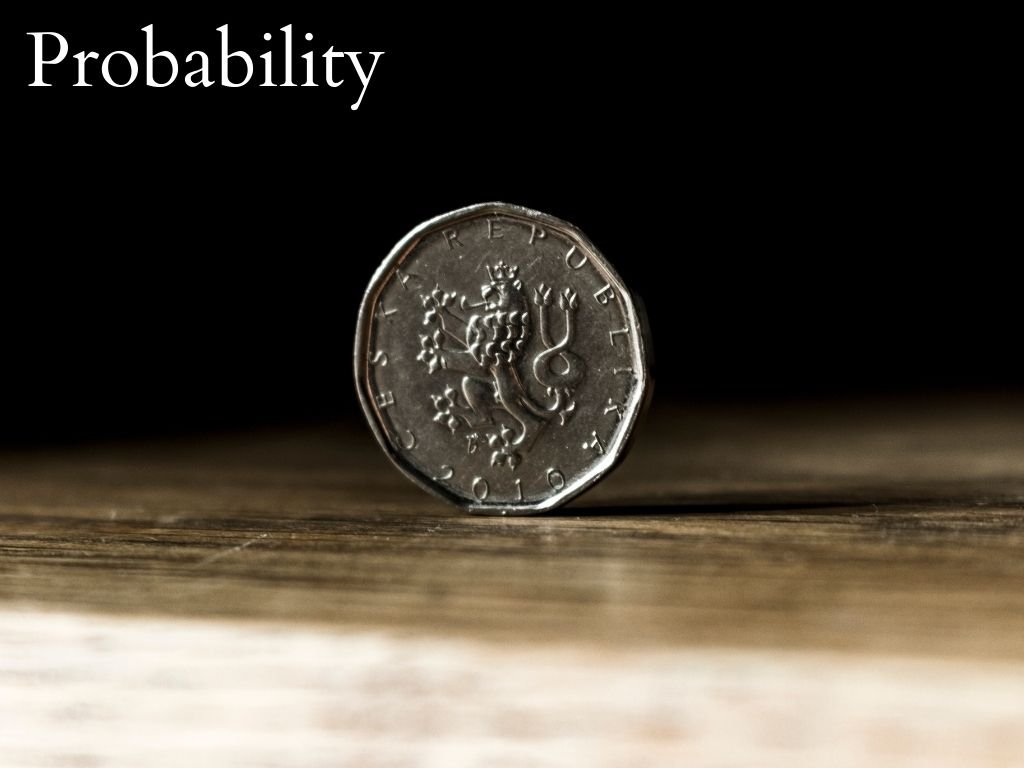
Definition
The possibility of occurrence of any event is known as Probability. When an event occurs, the chances of favorable outcomes are the value of probability. For example, if we toss a coin then the possibility of the occurrence of a head and tail is equal. Tossing a coin is an experiment and the possibility of the occurrence of a head or tail is the probability of a head or tail respectively. Getting a head and a tail are the events of this experiment.
Formula of Probability
The formula of probability for any event is given as
Probability = Number of favorable outcomes / Total number of possible outcomes
For event A, the above formula can be written as
Probability of event A, P(A) = Number of favorable outcomes of event A / Total number of possible outcomes of event A
Note – The above formula is helpful to find the Theoretical probability only which is also called the Classical probability.
Explanation
In Probability, the outcomes of every experiment are considered equal in the ideal condition. But practically the outcomes of every experiment are not equal. If we toss a coin on the plane surface then the outcome will be a head or a tail but if we toss a coin on sand then the outcomes will not same because the coin may fall along its edge. In this condition, there will be three outcomes but we do not consider them and consider only two equal outcomes (head or tail) for the ideal condition.
We take another example to understand it clearly. There is a box and the box contains 5 pencils and 2 pens and we have to find the probability to draw a pencil or a pen. Since there are 5 pencils and 2 pens in the box so the possibility of getting a pencil is more than getting a pen. It means the outcomes of this experiment are not equal.
Considering that all the experiments have not always equal outcomes, in this class, we shall assume all the experiments have equal outcomes.
Example – Find the probability of getting a head when a coin is tossed one time.
Solution – In this example, a coin is tossed one time so there will be two possible outcomes Head or Tail. Let A be the event of getting a head.
for a coin that is tossed one time, the outcome of getting a head is 1. It means the favorable outcomes of event A are 1 and the total possible outcomes are 2.
Therefore,
Probability of event A, P(A) = Number of favorable outcomes / total number of possible outcomes
P(A) = ½ Ans.
Note – 1) In the above example, the probability of getting a tail will be also ½ because the favorable outcome of getting a tail is also 1. Let B be the event of getting a tail. Then
P(A) = ½ and P(B) = ½
Now adding both the probabilities, P(A) + P(B) = ½ + ½ = 1
From the above expression, we can conclude that the sum of the probabilities of all the events of an experiment is 1.
2) In the above example, we have found the probability of getting a head but we can also say that we have found the probability of not getting a tail. Both probabilities are the same. A is the event of getting a head and let A` be the event of not getting a tail.
Therefore, there are two equal events P(A) and P(A`). On adding both events,
P(A) + P(A`) = ½ + ½ = 1.
Where, P(A) = Probability of getting a head
P(A`) = Probability of not getting a tail.
In general, for an event E, we can write P(E) + P(E`) = 1
Where, P(E) = Probability of event E
P(E`) = Not probability of event E
We can also write, P(E) = 1 – P(E`) or P(E`) = 1 – P(E)
3) Event E` is the complement of event E so event E and event E` are called Complementary events.
Terms Related to Probability
Experiment – Performing a task to find the probability is an Experiment. Like – tossing a coin, throwing a die, taking out an object from a box, etc., are experiments.
Event – The result of an experiment is called an Event. For example – After throwing a die getting any number is an event.
Impossible Event – If the probability of an event is 0 then that is called an Impossible event. The occurrence of this type of event is impossible.
Example – In a wooden box, there are 3 blue balls and 2 red balls. Find the probability of getting a black ball.
Solution – Let A be the event of getting a black ball but as we can see that there are only 3 blue balls and 2 red balls in the wooden box. There is not any black ball in it.
So, the number of favorable outcomes will be 0 and the total number of possible outcomes is 3 + 2 = 5.
Therefore,
Probability of getting a black ball, P(A) = Number of favorable outcomes / Total possible outcomes
P(A) = 0/5
P(A) = 0
This is an example of an impossible event. Ans.
Certain Event – If the probability of an event is 1 then the event is called a certain event. Certain event is also called a sure event.
Example – Find the probability of getting a number greater than 0 and less than 7 when a die is thrown once.
Solution – We know that the numbers marked on the face of a die are 1, 2, 3, 4, 5, and 6. We have to find the probability of getting a number greater than 0 and less than 7 and each number on the face of a die is greater than 0 and less than 7. Therefore, each number on the face of the die is a favorable outcome and there are 6 numbers so there will be 6 favorable outcomes.
Let B be the event of getting a number greater than 0 and less than 7 and the total outcomes are also 6.
Therefore, Probability P(B) = 6/6 = 1
This is an example of a certain or sure event. Ans.
Note – 1) From the above examples, we can understand that the minimum value of probability can be 0 and the maximum value of probability can be 1. It means the value of probability for an event E lies between 0 and 1 or we can write 0 ≤ P(E) ≤ 1.
2) Because the value of probability lies between 0 and 1 so in the formula of probability the numerator (number of favorable outcomes of an event) is always less than or equal to the denominator (total number of possible outcomes).

